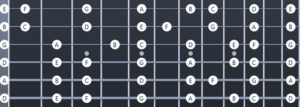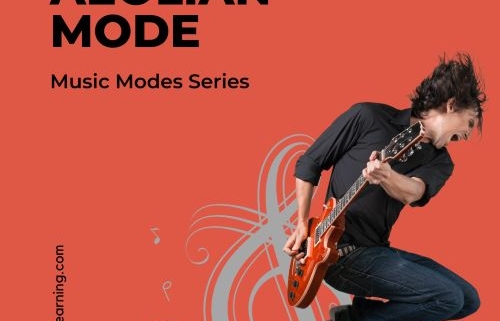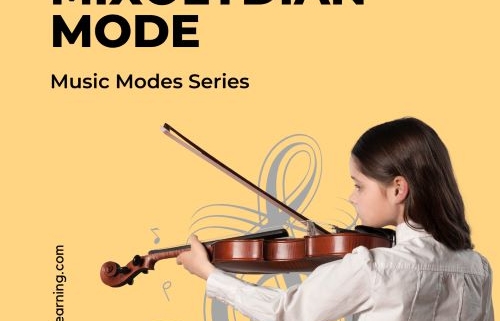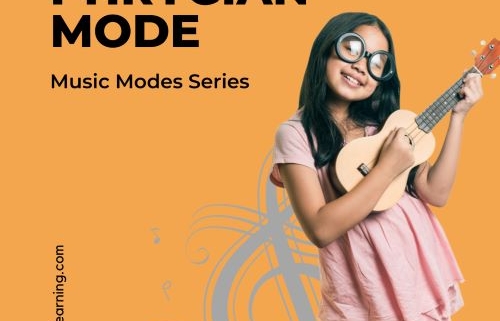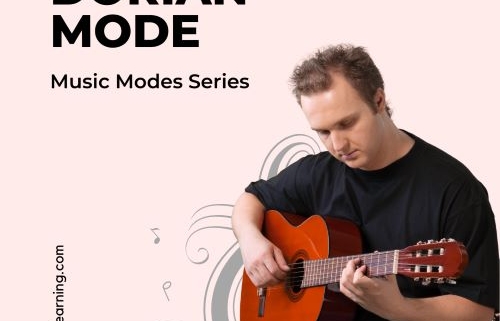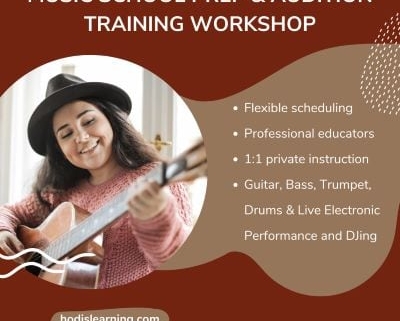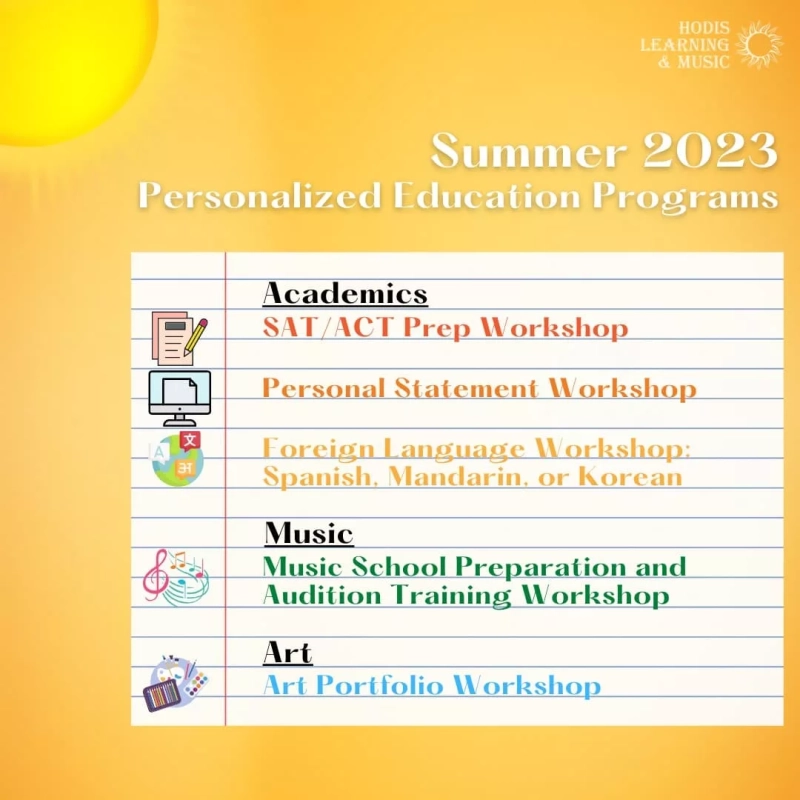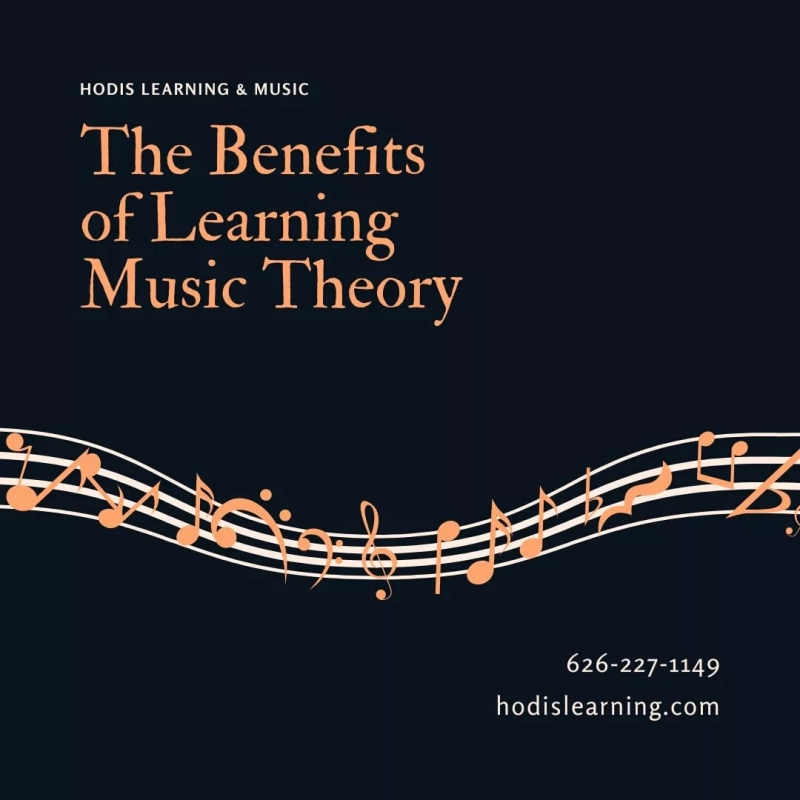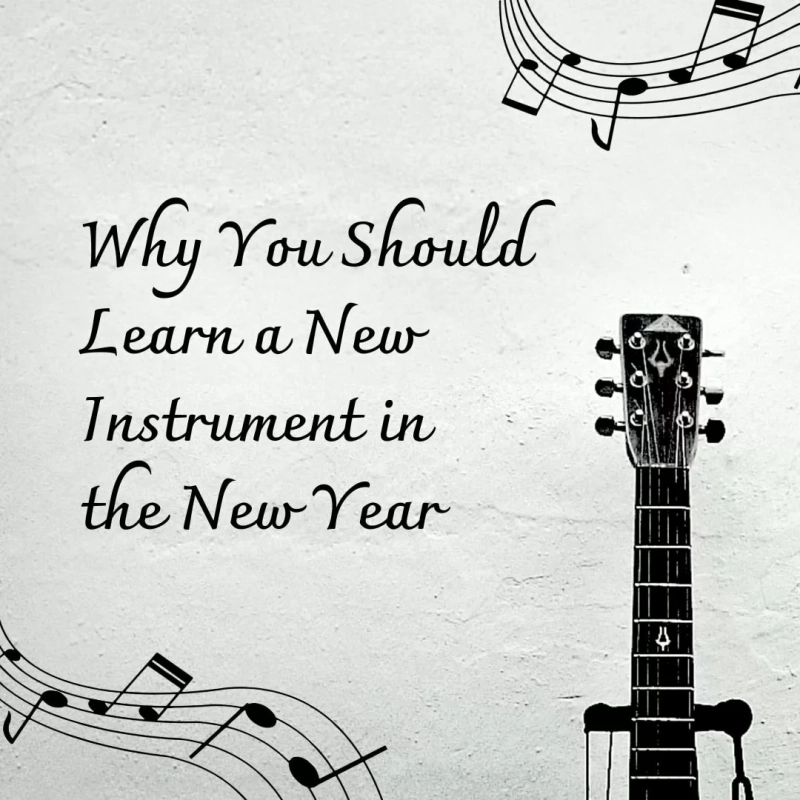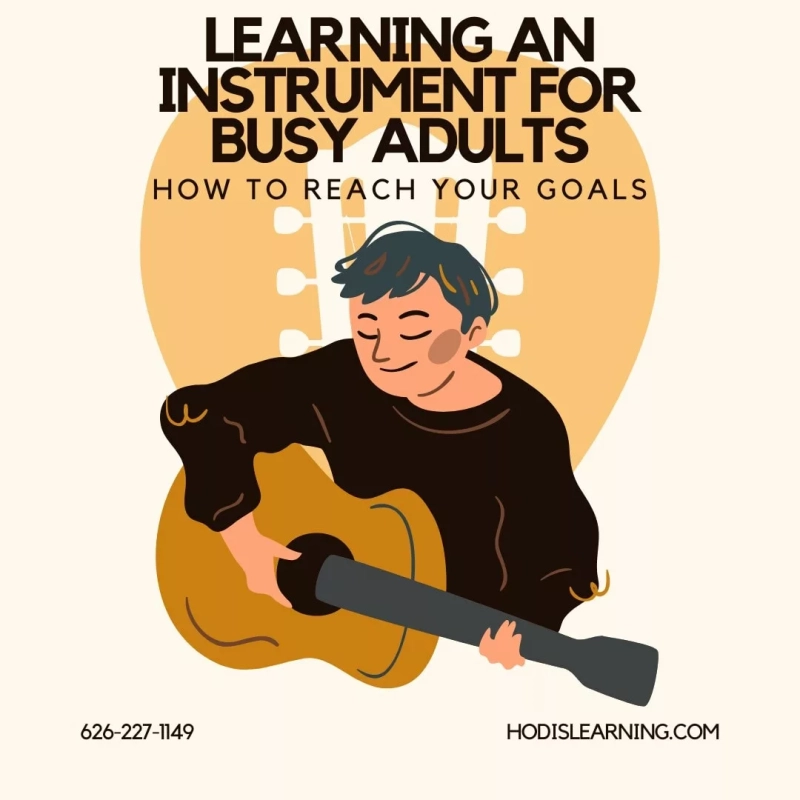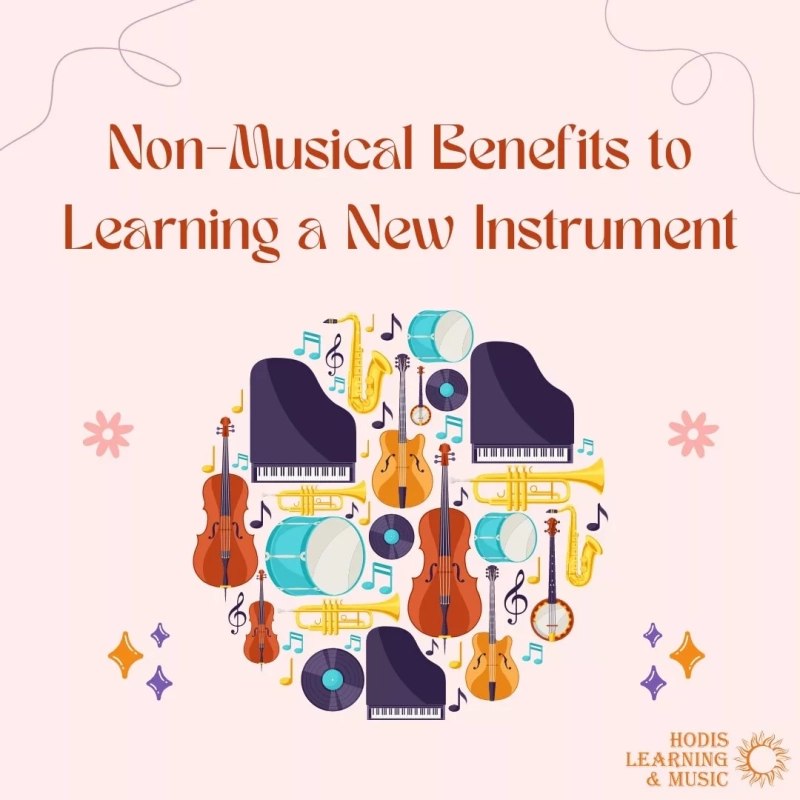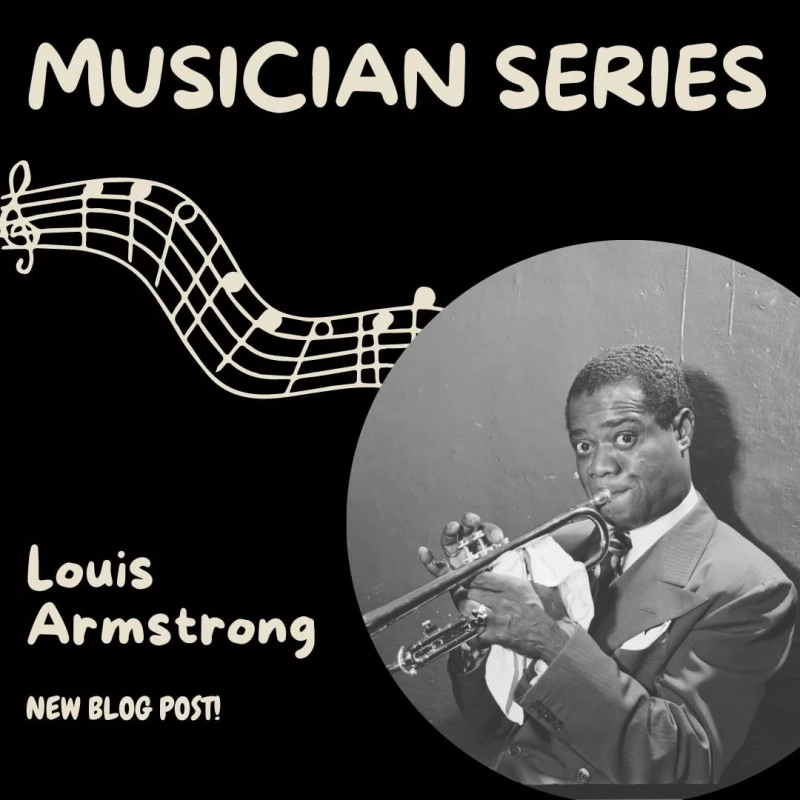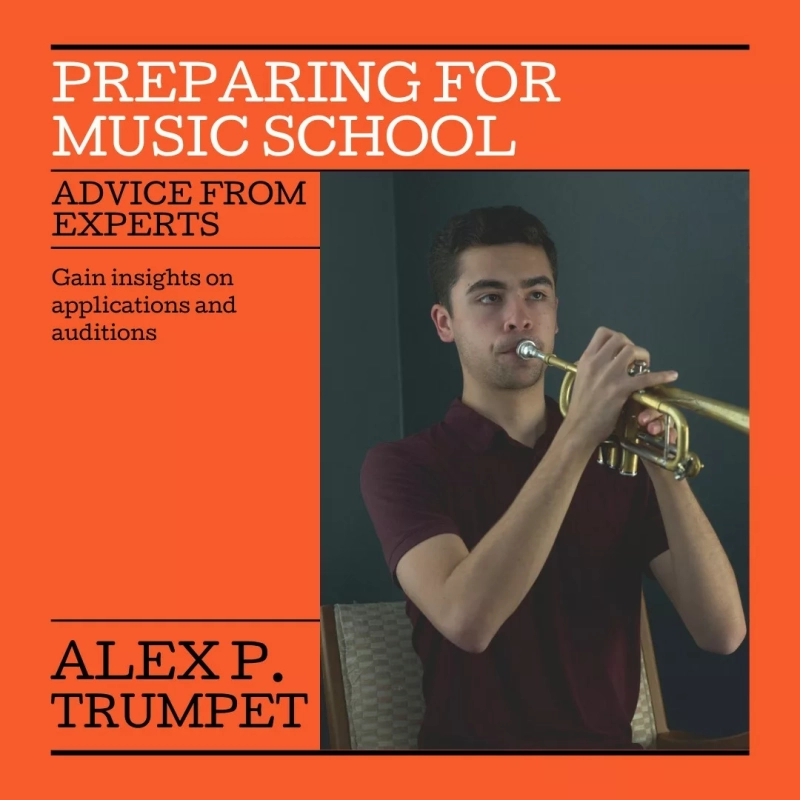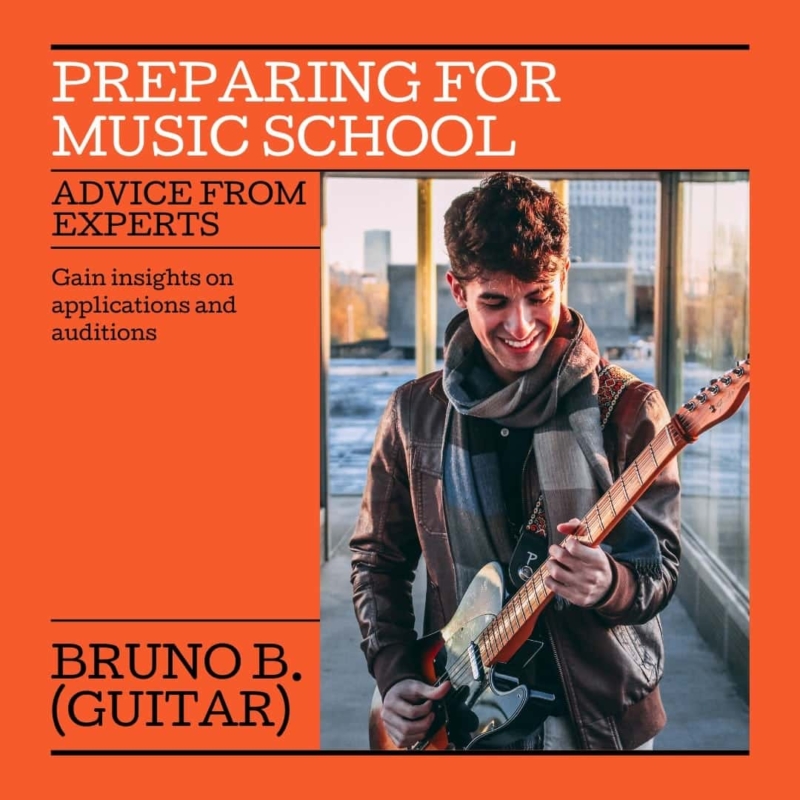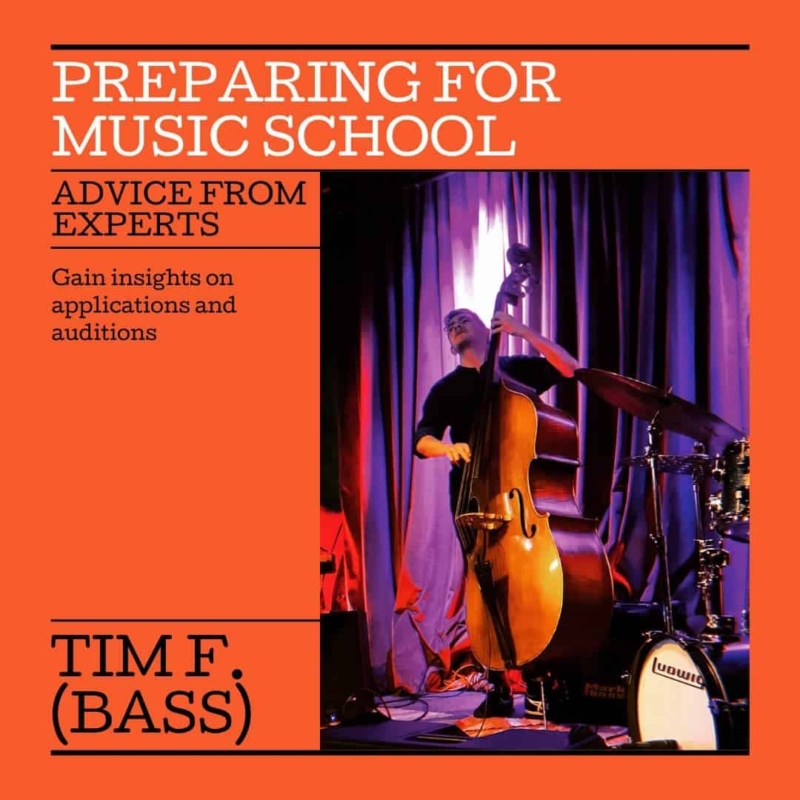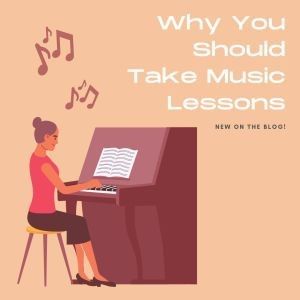Is your student receiving support from the Department of Developmental Services’ Self-Determination Program (SDP)? It’s now easier than ever for SDP enrollees to work with Hodis Learning & Music! Learn more about why we may be a great fit for your student and how to get started with our services.
Is Hodis Learning & Music Right for My Student?
All of our expert educators are specifically selected for their years of experience working with students who have developmental differences as well as their expertise, patience, and kindness Our educators serve students with:
- autism spectrum disorders,
- intellectual disabilities,
- cerebral palsy,
- epilepsy, and
- other related conditions.
What Types of Services Are Covered
We have experience providing academic tutoring, music lessons, and art instruction to SDP enrollees. However, which type(s) of services the SDP will cover for your student depends on your student’s specific needs. We can provide guidance based on our previous SDP students’ successes in obtaining coverage.
How It Works
If you’re enrolled in the SDP, then the process is simple!
- The student’s family arranges with the regional center to have our services covered by the SDP
- We sign a contract with the student’s financial management service (FMS)
- The student’s family signs a contract with us
- We submit timesheets to the FMS on a bimonthly basis on behalf of the student’s family
Additional Considerations
There are three important considerations detailed in the FMS’s contract with us:
- The FMS only pays for services that fall under the scope of the contract that they send to us. So, if the original contract stipulated academic tutoring services, then your student cannot get music lessons covered by the SDP unless a new contract is drawn and signed.
- The FMS only pays for services rendered. So, if a student cancels a session within 24 hours, then the student’s family is responsible for the full price of the canceled session.
- The FMS designates a specific budget for the use of Hodis Learning & Music services. If the student uses more than the specified budget in a given month, then the student’s family is responsible for any overage.
Sign Up for Academic Tutoring, Music Lessons, or Art Instruction Today!
Learn more or schedule your first session by calling or emailing us today.
